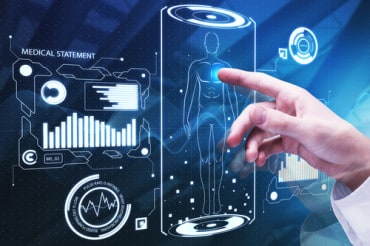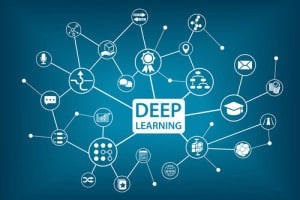
Supported by the power of artificial intelligence, digital twins can be deployed for preventive healthcare and other medical use cases.
Would you be more comfortable about an upcoming medical procedure if the surgical team first did dry runs on a close-matching virtual copy of your body? That’s the promise of using digital twins to help reshape the way surgical procedures are conducted, along with many other aspects of healthcare.
Let’s start with the heart of the matter. In a recent article in Time, Peter Coveney and Roger Highfield, authors of Virtual You: How Building Your Digital Twin Will Revolutionize Medicine and Change Your Life, describe the rise of medical digital twins that enable doctors to take a close look at digital twins of patients’ hearts to appropriate and tested therapies can be applied. One of the most robust systems, a Barcelona-based supercomputer called Mare Nostrum, supports a virtual copy of a patient’s real heart. compete with “100 million patches of simulated cells.” The digital twin heart “tests treatments, from drugs to implants.” Similar efforts at digital twin hearts are underway across the world.
“This worldwide effort to create virtual cells, tissues, and organs is revolutionary because modern medicine is largely backwards facing,” Coveney and Highfield state. “Currently, doctors try to figure out what is the best treatment for their patients by assessing past clinical trials on subjects who are a bit like their present patients, in similar but not identical circumstances.”
Medical digital twins, on the other hand, will help “better predict what lies in store for patients, helping what is mostly a one-size-fits-all approach evolve into one that is truly predictive and personalized.”
There’s a humane aspect as well: one researcher’s “human virtual heart predictions are more accurate than comparable animal studies, offering a way to reduce vivisection—the process of operating on live animals for scientific research.”
See also: Digital Twins May Soon Make Crash-Test Dummies Obsolete
Of course, digital twinning isn’t just focusing on the heart — initiatives are underway to digitally duplicate a variety of organs, “from heart and lungs to liver and guts,” Coveney and Highfield add. “Even the most complex known object, the human brain, is being simulated, for instance to plan epilepsy surgery in a French clinical trial.”
Medical digital twinning isn’t just all hearts and guts. There’s also an emerging holistic aspect to digital twins in preventive healthcare, as explained by Frank Diana, futurist with Tata Consultancy Services. Supported by the power of artificial intelligence, digital twins can be deployed include the following:
- Personalized healthcare: “A digital twin driven by AI could be used to monitor an individual’s health and predict potential health issues,” Diana states. “With access to data from an individual’s digital twin, healthcare professionals could provide personalized healthcare recommendations and treatments.”
- Early identification of developmental delays: An AI-enhanced digital twin “could help identify developmental delays in children at an early age, allowing for early intervention and support.”
- Education and skill development: AI-enhanced digital twins “could be used to simulate different environments and situations, allowing individuals to practice skills and gain experience in a safe and controlled environment. AI could also provide personalized learning experiences tailored to an individual’s unique learning style and abilities.”
- Improved mental health support: A digital twin “could monitor an individual’s emotional state and provide personalized mental health support, including early identification of mental health issues and access to appropriate resources and treatments,” Diana states.




























